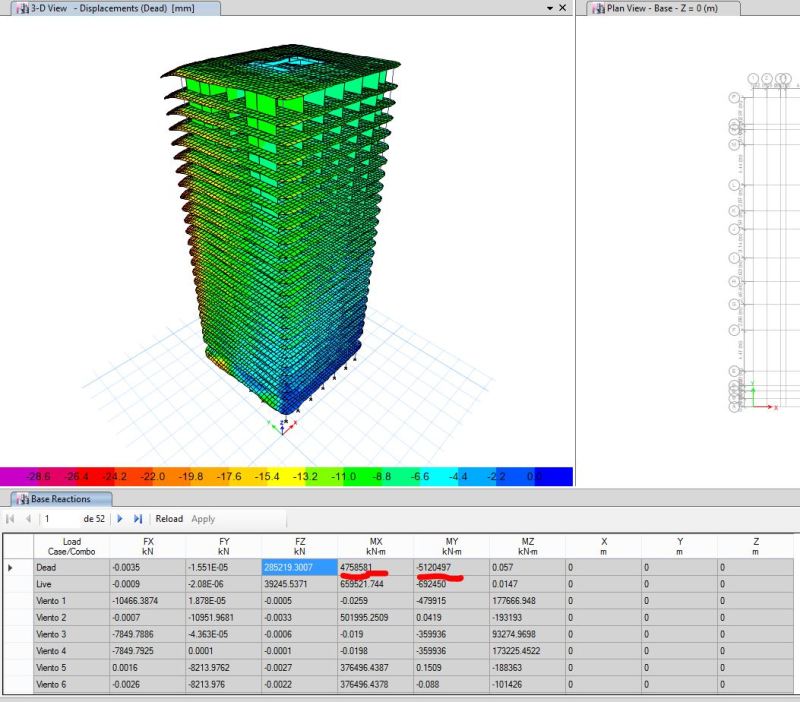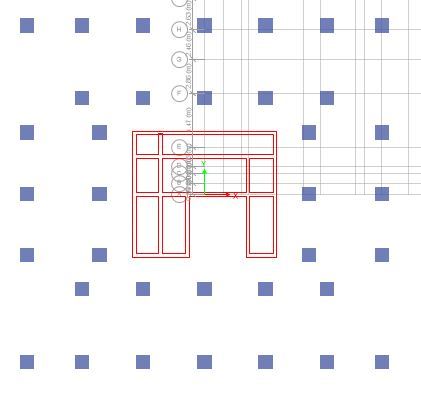Dear experts,
I need help in defining if my model works fine and displayed the base reaction table:

And to my surprise found that my Dead and Live loads (purely gravitational) produce huge Moment reactions.
Why if I defined that loads as superficial to floor elements, it comes as moment at the base?
Thank you for your thoughts,
Regards
MSc. Eng. Serguei Joa
Structural Engineer
Bouygues Batiment International, Cuba.
I need help in defining if my model works fine and displayed the base reaction table:

And to my surprise found that my Dead and Live loads (purely gravitational) produce huge Moment reactions.
Why if I defined that loads as superficial to floor elements, it comes as moment at the base?
Thank you for your thoughts,
Regards
MSc. Eng. Serguei Joa
Structural Engineer
Bouygues Batiment International, Cuba.



![[peace] [peace] [peace]](/data/assets/smilies/peace.gif)